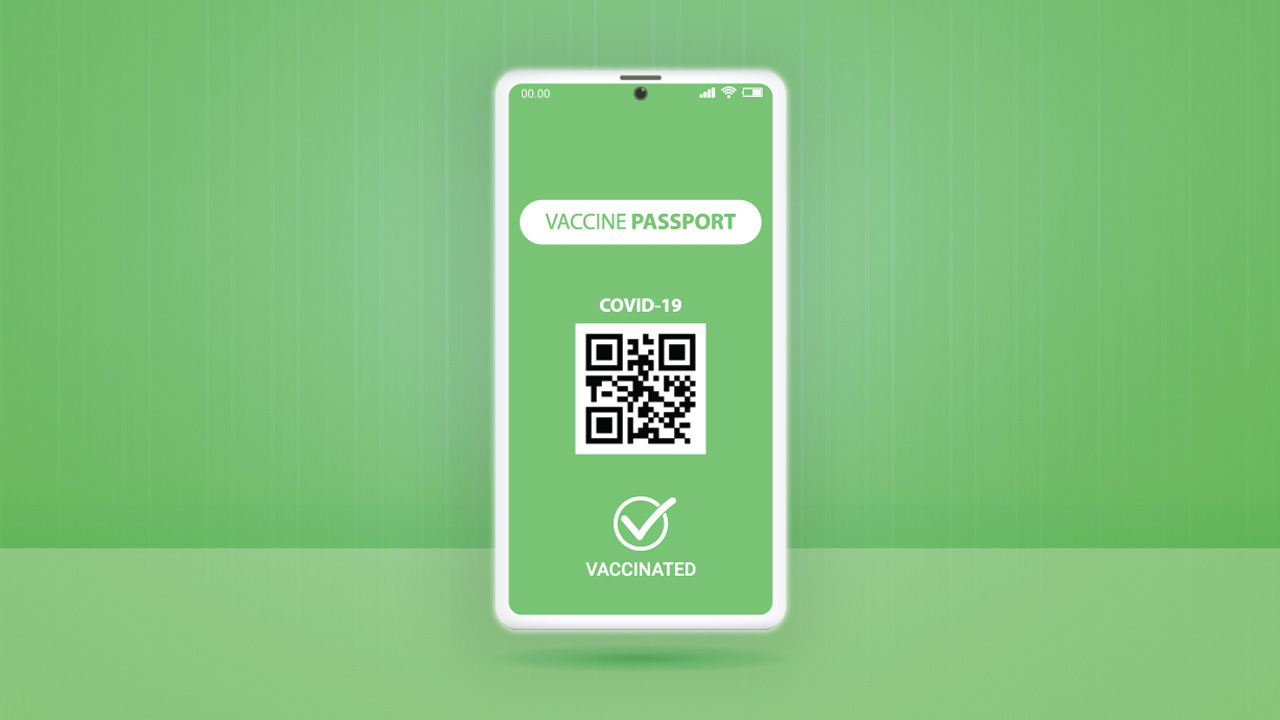In early March, a wave of optimism swept the tourism sector as China announced the release of a vaccine passport in the wake of the country’s annual political summit in Beijing. The excitement was understandable given the havoc COVID-19 has wreaked upon the travel industry — for gloomy context, in July 2020, the United Nations Conference on Trade and Development estimated a year-long break in international tourism would result in losses of at least $3.3 trillion.
So yes, the possibility of the world’s largest travel contingent beginning to travel again is a positive first step. But as with most everything else over the past year, things are hardly so straightforward. Jing Travel spoke to a range of tourism experts to understand the essential questions surrounding China’s vaccine passport.

China’s vaccine passport logs users’ COVID test information, vaccination records, and antibody test results. Image: Ministry of Foreign Affairs of the People’s Republic of China
What is China’s vaccine passport?
Officially termed the International Travel Health Certificate (ITHC), it’s an extension of the government’s health-code system developed in early 2020 to track and trace domestic movement — a significant factor in the country successfully containing viral spread. Accessible via WeChat, citizens have been required to scan connected QR codes upon entering public spaces such as shopping malls. Now, it will include a user’s coronavirus test information, vaccination records, and antibody test results.
Why has China introduced the scheme now?
As laid out by China’s Foreign Minister Wang Yi, the aim is to enable the verification of vaccine and testing information on a global scale, thus facilitating cross-border travel. However, with vaccine rollout success varying wildly from country to country, most are still in the planning and discussion phase of issuing “vaccine passports,” meaning no country has officially recognized China’s ITHC.
Rather than suggesting an imminent relaunch of Chinese outbound tourism, “this certificate seems like a digital way of keeping track of all test results in order to facilitate Chinese returning to China,” says Sienna Parulis-Cook, Associate Director Of Communications at Dragon Trail International, particularly given China’s stringent COVID-19 stance and the lengthy quarantine regulations for arrivals. More realistic, Parulis-Cook suggests, is that authorities have one eye on the Beijing Winter Olympics in 2022.
What’s required for Chinese cross-border travel to take off?
Bilateral agreements between China and individual countries encompassing immigration, visa, and aviation compliance are the essential ingredients. An additional and significant stumbling block is the varying effectiveness of the different vaccines and the lack of scientific consensus surrounding the ability of vaccinated individuals to transmit the virus.
As 2020’s optimistic, and ultimately underwhelming, talk of forming travel bubbles with the world’s largest outbound tourism market showed, China approaches cross-border travel with utmost caution.
Which countries or regions might open up first (and when)?
The politics involved with China’s Sinovac vaccine means countries closely affiliated with the country’s Belt and Road program are most likely to readily recognize the ITHC, says Humphrey Ho, Managing Director at Hylink Digital.
Southeast Asian countries have perhaps been hardest hit by the evaporation of outbound Chinese tourists and are expressing cautious optimism in the wake of the announcement of China’s ITHC (Thailand has mused publicly about a bilateral agreement with China and Vietnam is considering launching a similar program).
Expect a trial period for select countries in H2 2021 with numbers capped and restricted, says Gary Bowerman, Director of Check-In Asia, a marketing specialist for the region. If successful, Bowerman adds, “this would provide a huge psychological as well as economic uplift by showing they are trusted destinations for Chinese travelers after a long and painful period.”
As the past year has repeatedly shown, however, expectations must be tempered and Bill Barnett, Southeast Asian tourism expert and founder of C9 Hotelworks, is looking further ahead: “There is a decided change in 2021 in terms of sentiment and there’s light in the tunnel, but we still eye 2022 as the year of recovery.”
How should tourism stakeholders prepare in the meantime?
An extended period of domestic travel is drastically changing the priorities and desires of China’s tourists. Pre-pandemic assumptions and modes of engagement will lose relevance. International tourism players must endeavor to understand these changes and plan accordingly to stay top of mind. “The focus should be on travel trade engagement, taking time to consistently train the trade and drive DMO/NTOs [destination marketing organizations and national tourism organizations] to be more data-driven,” says Ho. Doing so allows organizations to “understand pockets of new opportunities beyond usual outbound gateways in China.”
Smartly conceived brand awareness campaigns have created aspirational destinations over the past two decades of China’s outbound tourism boom. Failure to adapt now risks losing attention and appeal.




